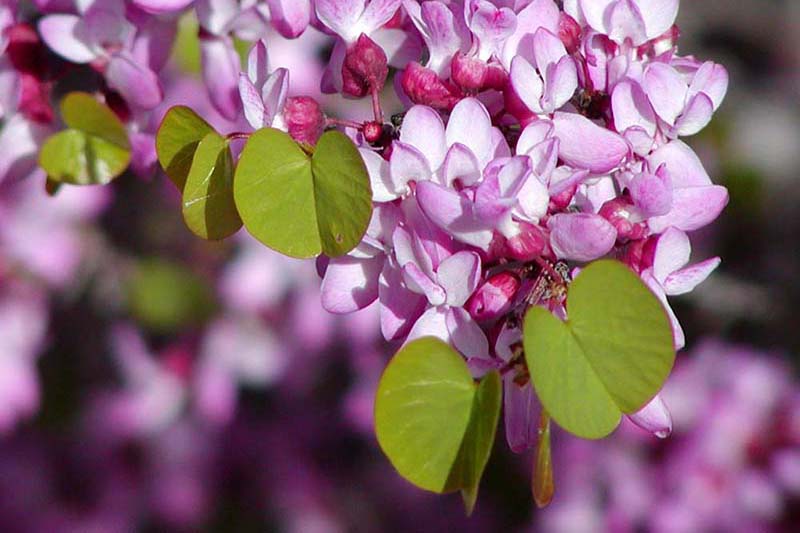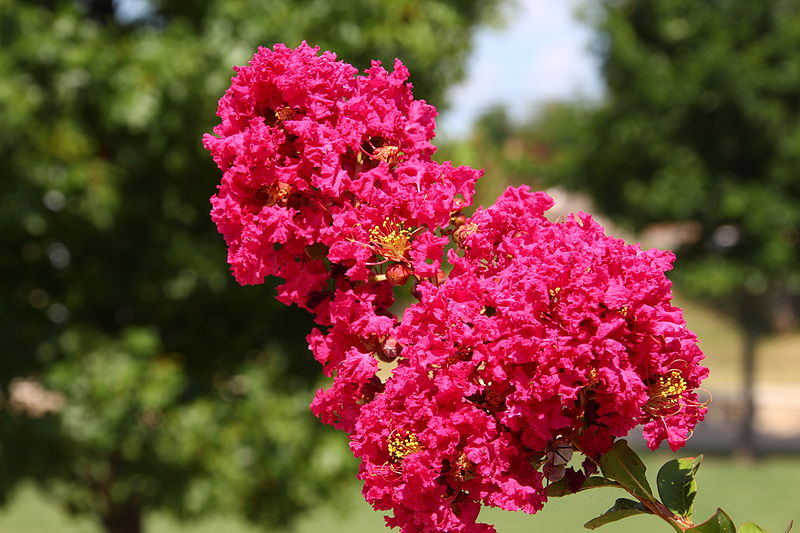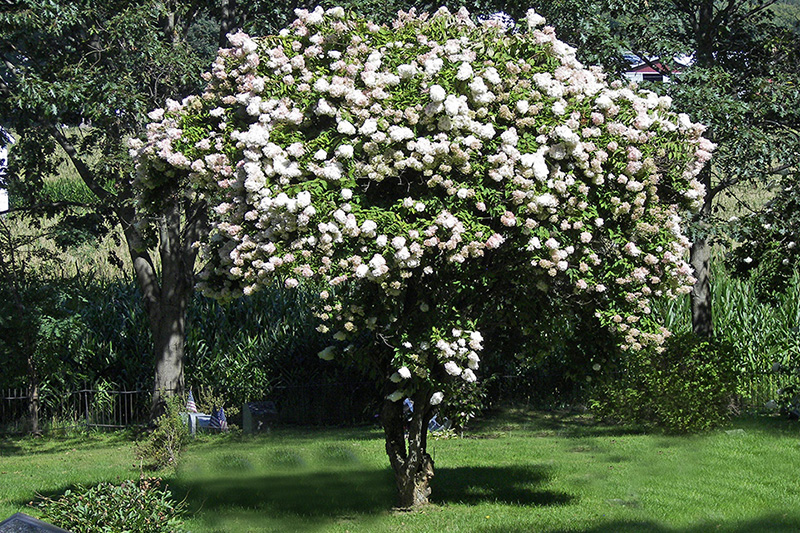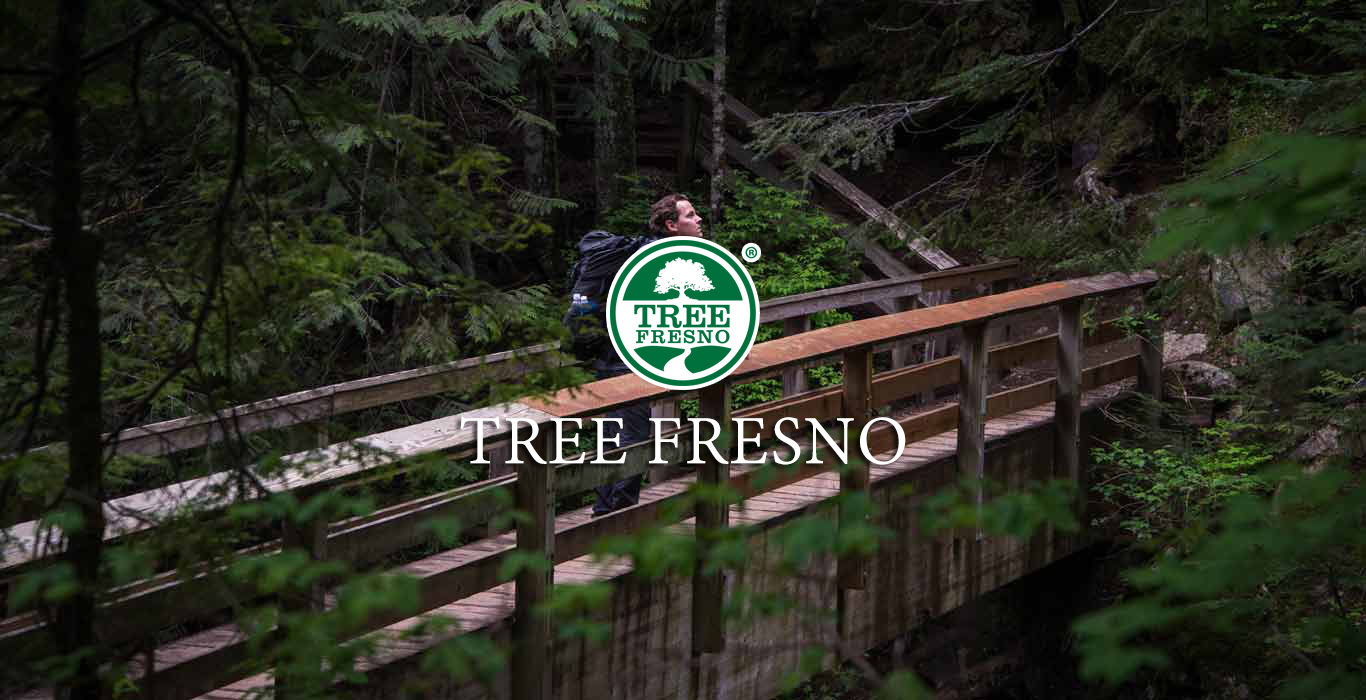7. Barriers
However, sometimes creating barriers is a good thing and trees do that too! Trees are excellent blockades against unpleasant sights and sounds. Trees are often used as masks for visual eyesores like parking lots, landfills, and concrete walls. Trees can also be used to muffle urban noises from freeways, city streets, and airports. Trees can also become shields for buildings from dust, wind, and sun glare.
8. Economic Benefits
Trees have several economic benefits. First, the presence of trees adds value to property. In fact, houses surrounded by trees are valued 7 – 25 percent higher than houses without. Second, trees are great for business. Trees not only make real estate more appealing to prospective tenants, they also make commercial retail areas more attractive to consumers. Consumers will spent as much as 13 percent more time around businesses with green space. Additionally, tree-lined streets typically have slower traffic, which creates more time for drivers to look at storefronts. Third, trees create jobs. The presence of trees in urban areas create small business and employment opportunities in a number of industries including landscaping, recreation, green waste management and more.
9. Water Benefits
Trees have many water benefits as well. Trees planted in urban spaces improve water quality, lessen runoff and erosion, and help recharge groundwater supply. Trees reduce the amount of contaminants that reach local waters following storm events by absorbing water that would otherwise become runoff. Leaf litter and tree roots promote the infiltration of stormwater into the soil, which replenishes the groundwater supply that can be tapped into during periods of drought. Trees also provide shade to lawns, slowing evaporation of water from lawns and thereby conserving water resources.
10. Prevent Deterioration
Trees prevent deterioration in two ways. First, a tree’s roots will hold soil in place on hillsides near homes, schools, and businesses. Second, shade from trees has been shown to elongate the life of city streets. Tree-provided shade keeps asphalt cooler, and prevents the binding agent from evaporating (which hardens pavement and makes asphalt easier to crack). A study done in Modesto, California revealed that more shade (largely provided by trees) resulted in larger periods of time between repaving. In fact, with 20% shade on an asphalt street, the asphalt condition improves by 11% with savings of 60% over a period of 30 years.
11. Benefit Wildlife
Trees provide many benefits to wildlife. Many wildlife species need trees for nesting, mating, shelter, and shade (essential for Central Valley summers!). Wildlife also seek trees as sources of food as well as locations from which to capture or hunt for prey.





